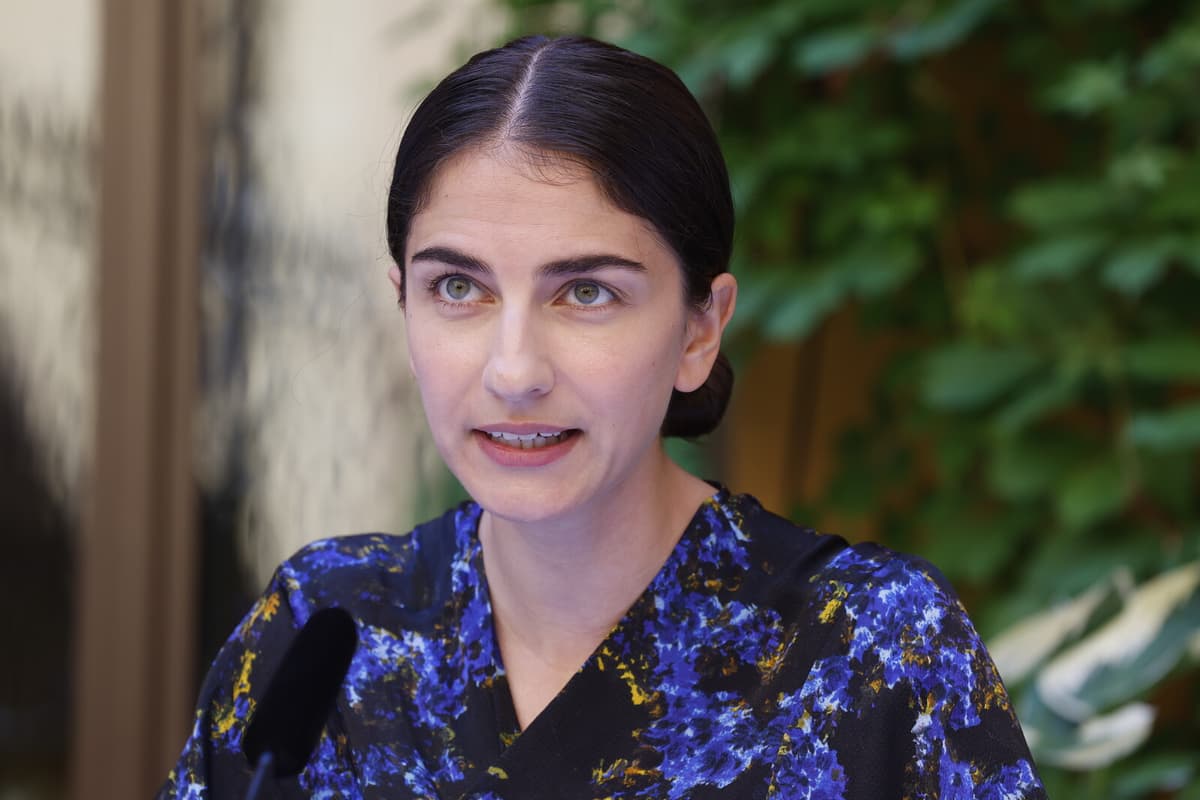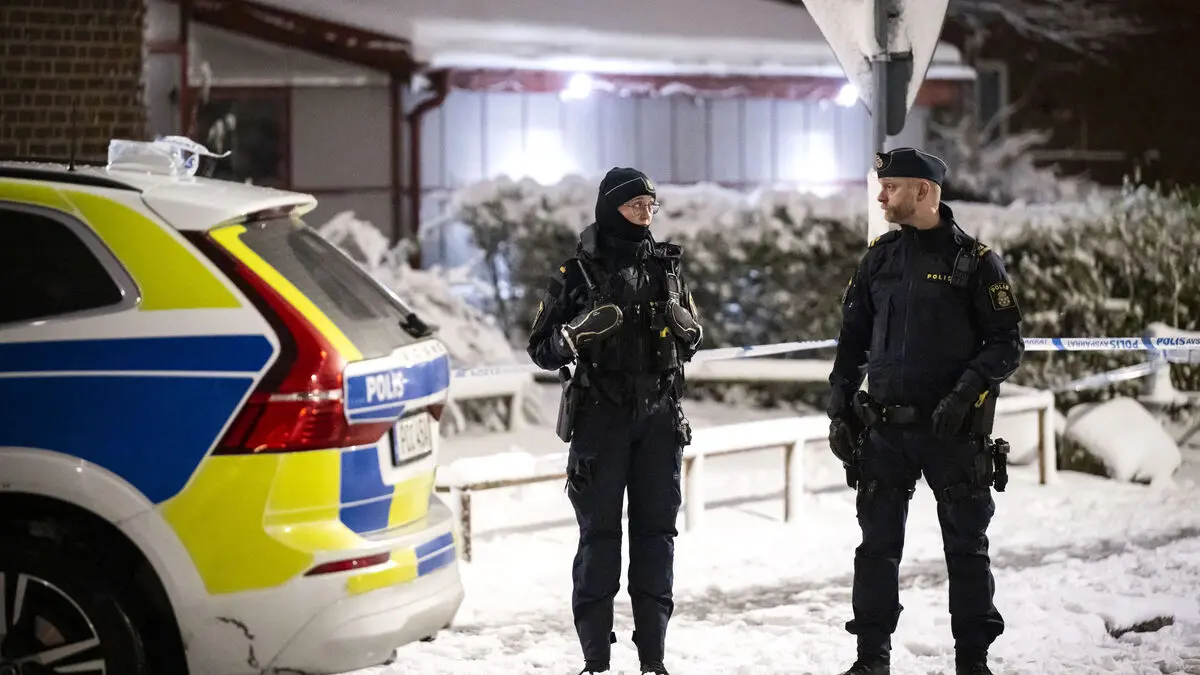– All climate policy involves goal conflicts and this government will not make decisions that will severely harm Swedish forestry production or make it severely more expensive for Swedish families in everyday life, says EU Minister Jessica Rosencrantz (M).
Gigantic challenge
According to Rosencrantz, it is a "gigantic challenge" that Sweden faces if it is to meet the so-called ESR target, which mainly concerns emissions from traffic and heating of houses, as well as the requirements for the storage of carbon in the forest and soil in the EU's heavy-handed LULUCF legislation.
Environment and Climate Minister Romina Pourmokhtari (L) believes that the target for the transport sector can be achieved. But the forestry target seems unattainable.
It's, roughly, about stopping logging for a year. That's not an alternative for this government, says Pourmokhtari.
– It's a choice that Sweden cannot make, emphasizes Rosenkrantz.
She believes that the opposition must make it clear to voters how they intend to meet the goals.
To take account
Both say that Sweden is having intense discussions with the EU Commission about lowering the requirements for the forest in Sweden – account should be taken of drought, attacks by the pine beetle and increased demand for wood raw material after Russia's invasion of Ukraine.
If both goals are to be met, there is a gap of, roughly, 70 million tons of carbon dioxide equivalents that needs to be closed by 2030.
When the government presents its budget for 2026 on Monday, the annex showing the climate impact of the government's policy will also be included. This report has been made available to TT.
According to this report, the gap to the EU's climate goals for transport and agriculture in 2030 is 5.8 million tons of carbon dioxide, but if you include the measures proposed in the 2026 budget, the gap is reduced to 4.3 million tons by 2030. The measures proposed by the government in the 2026 budget are not enough to close this gap.
And for forest and soil storage of carbon, it's clear that it's over 60 million tons, with today's conditions.
Last year, the Climate and Environment Minister expected that Sweden would meet the transport target with a small margin.
Miss all goals
But already in last year's budget, the Swedish Environmental Protection Agency flagged that there were large uncertainties in the forecasts and therefore presented two scenarios.
– We have only been presented with one scenario, Pourmokhtari claims.
Corrected: In a previous version of the text, an incorrect figure was mentioned for how many tons the government misses the climate goal that includes transport.
Sweden's overall climate goal is that Sweden should not have any net emissions of greenhouse gases into the atmosphere by 2045 at the latest.
An intermediate goal is that emissions in 2030 should be 63 percent lower than emissions in 1990.
Another intermediate goal is that emissions from domestic transport, except domestic air travel, should decrease by at least 70 percent by 2030 compared to 2010.
EU's so-called ESR commitment for 2030, which mainly concerns transport and agriculture, means that Sweden should reduce emissions by 50 percent by 2030 compared to 2005.
Source: The Government





